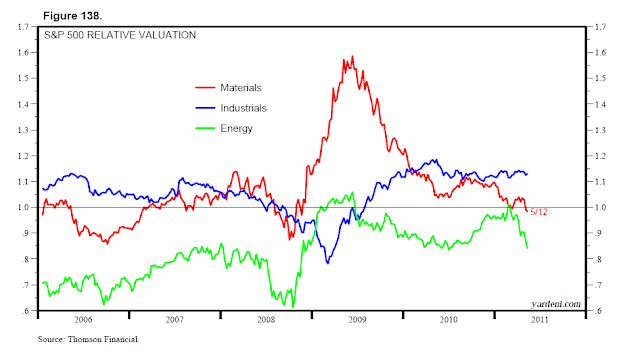 |
Total spending on Social Security and Medicare was $1.2 trillion over the latest 12 months. That’s up 261.7% from the start of 1990. Total spending on these two programs per senior citizen was $29,969 over the past year, a 166% increase from $11,256 at the start of 1990. How many other Americans have seen their incomes nearly triple over the past two decades? Not too many. By the way, the number of seniors is projected to more than double to 88.5 million by 2050 as the Baby Boomers age and live longer. (We update these charts for subscribers to your service in our Social Welfare in America briefing book.) |






































